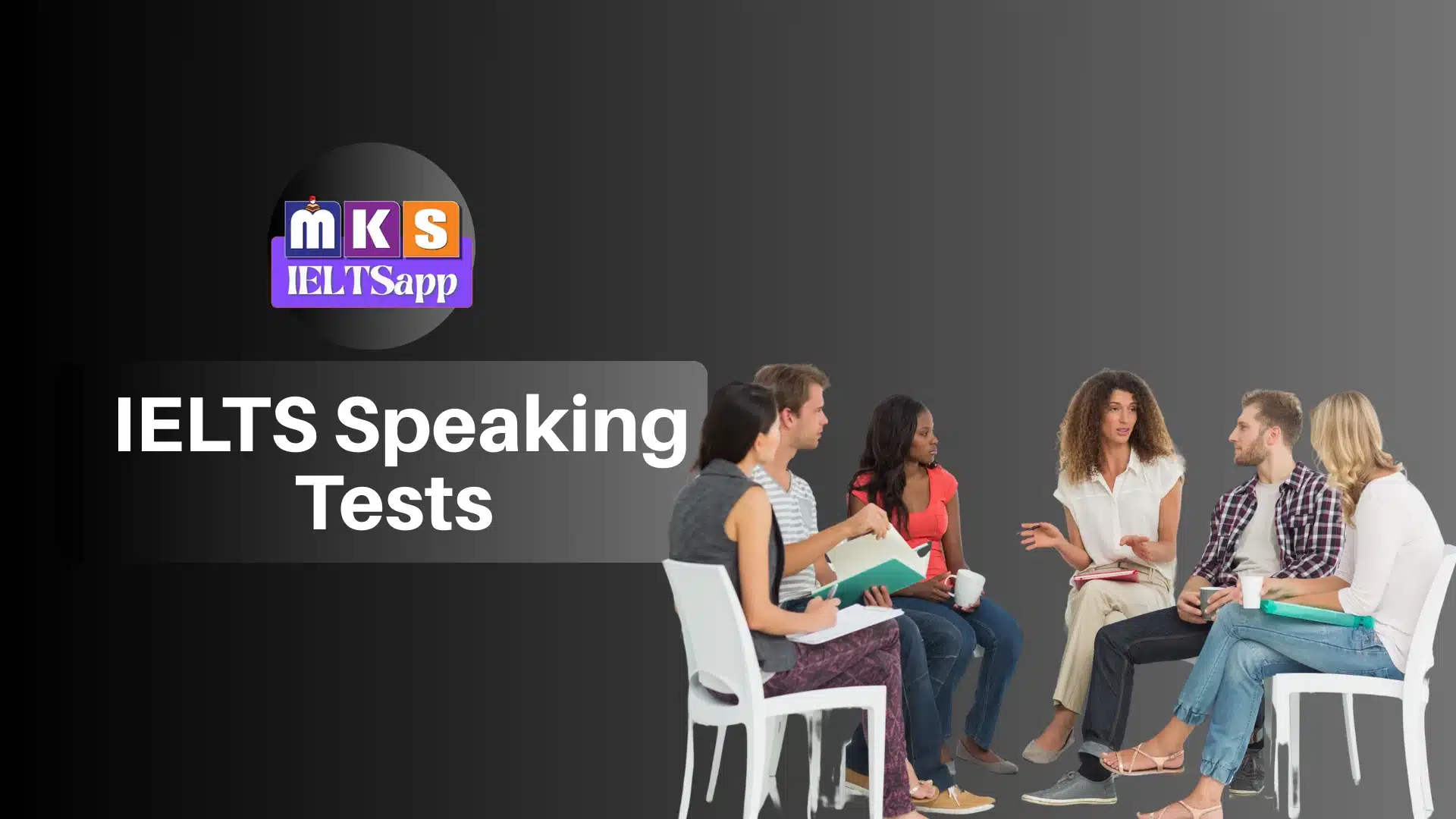| Part 1 | 4–5 minutes | Introduction and general questions about familiar topics (e.g., home, work, studies). | To assess the ability to speak at length on a specific topic with structure. |
| Part 2 | 3–4 minutes (1 minute to prepare + 1–2 minutes to speak + follow-up) | To evaluate the ability to express and justify opinions, analyze, and speculate. | Discussion based on the topic in Part 2: more abstract and analytical questions. |
| Part 3 | 4–5 minutes | Discussion based on the topic in Part 2; more abstract and analytical questions. | The candidate speaks on a given topic using a cue card. |
| Total Duration | 11–14 minutes | – | To assess the ability to communicate opinions and information on everyday topics. |

